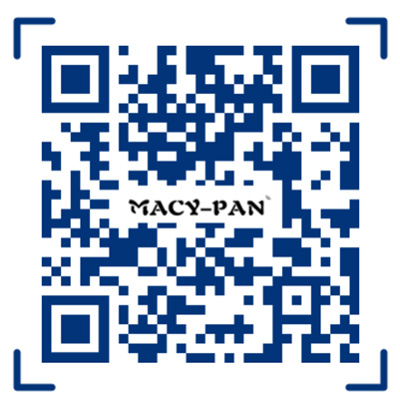Recovery from Surgery
The damage to tissue, resulting from exposure to anesthesia, interruption of blood supply, and surgical trauma. All operations cause traumatic injury to tissue. Many operations are further complicated by injury to tissue, including the brain, from anesthetic agents, or drops in blood pressure during surgery. Many surgical procedures involve placing tourniquets on extremities to minimize bleeding during surgery. This deprives the extremity of oxygen and nutrients for extended periods of time. Once circulation is re-established, there is a secondary injury to the tissue, known as reperfusion injury, that is more devastating than the initial deprivation of oxygen. Unstable vital signs, oxygenation, and infections in the post-operative period exacerbate reperfusion injury and increase tissue injury.
What are the effects?
Surgical trauma to tissues results in swelling, decreased blood flow, decreased oxygen delivery, delayed wound healing, increased dehiscence of a surgical wound (spontaneous re-opening of a wound), increased risk of infection, and poorer outcomes.
Benefits from HBOT
When delivered before or soon after surgery, HBOT can minimize surgical injury, complications, and speed healing. HBOT delivered before surgery or immediately after is the most powerful inhibitor of reperfusion injury. Dr. Harch presented studies on this HBOT effect at the European Federation of Neurological Societies Meeting in 2000 as a “generic” effect of HBOT on reperfusion injury in animals and humans. Plastic surgeons are currently the specialists who most often send their patients to get HBOT. HBOT can also prevent cognitive injury from anesthesia and cardiac surgery, as demonstrated by Dr. Alex in England with two HBOTs the night before surgery (see below).
Case Study
Two of the most powerful demonstrations of the pre/post surgery potential of HBOT occurred in Dr. Harch and his wife Juliette. Dr. Harch underwent anterior cruciate reconstruction 19 years ago by an orthopedist for the New Orleans Saints. Dr. Harch underwent HBO the night before, 6 hours after his surgery, and once-twice/day over the next 8 days. At his first post-operative visit his knee had a marked reduction in swelling, 90 degrees of flexion (full bend at the knee), and minimal use of crutches, a dramatic improvement over the orthopedist’s typical patients.
Juliette sustained a fracture to her kneecap in 2007. With HBOT before surgery and then daily HBOT after surgery, she was out of bed and bearing weight 3 days after surgery, fully ambulatory by the first week, and proceeded to a full recovery with normal knee function in less than half of the time of the typical patient. Both Dr. Harch and Juliette were in their mid-late 40s when these surgeries occurred. The stories are told in the Oxygen Revolution.
Supportive Research and Information
Harch PG. Generic inhibitory drug effect of hyperbaric oxygen therapy (HBOT) on reperfusion injury (RI). Eur J Neurol, 2000;7(Suppl 3):150.
https://www-ncbi-nlm-nih-gov.ezproxy.lsuhsc.edu/pubmed?term=%22The+Journal+of+thoracic+and+cardiovascular+surgery%22%5BJour%5D+AND+130%5Bvolume%5D+AND+6%5Bissue%5D+AND+2005%5Bpdat%5D+AND+Alex+J%5Bauthor%5D&cmd=detailssearch. (The English study on HBOT before cardiac bypass surgery).




 +86 13621894001
+86 13621894001
 rank@macy-pan.com
rank@macy-pan.com
 +86-+8613621894001
+86-+8613621894001


 Tel:
Tel: Mob:
Mob: WhatsApp:
WhatsApp: Email:
Email: Add:Bldg 15, No.889 Guinan Road, Songjiang District, Shanghai, China
Add:Bldg 15, No.889 Guinan Road, Songjiang District, Shanghai, China